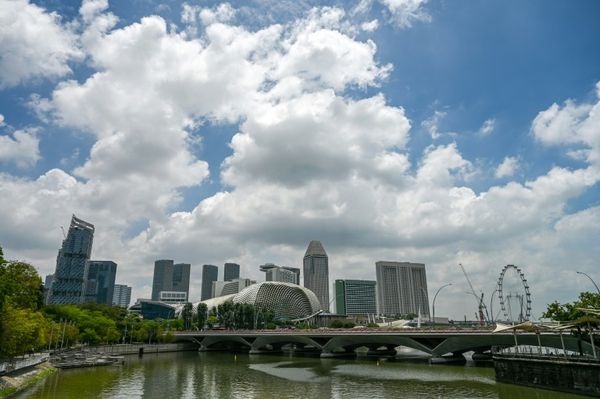
It's safe to say 2024 was an excellent year for Toyota in Europe. Sales jumped by three percent to 1,128,948 units, while Lexus was up an impressive 20 percent to 88,184 cars. Together, the two brands shipped 1,217,132 vehicles, up by four percent, an all-time high on the continent. But in case you're wondering which Toyota was dead last in the sales charts, it wasn't the Mirai.
With 533 units delivered in the last 12 months, the hydrogen sedan was more popular than the desirable Supra. Only 442 people bought the rear-wheel-drive coupe, which dies this year in Europe after the Final Edition. How is this even possible? It's a valid question, considering the Mirai is not sold in all countries across the continent.

Then there's the issue of refueling. According to the European Hydrogen Observatory, there were fewer than 200 operational stations in Europe last summer. Nearly half of them were in Germany (86), followed by France (27) and the Netherlands (24). Consequently, the Mirai targets a limited audience.
There are a few reasons that could explain this unusual situation. Electric vehicle incentives, tax breaks, and lower running costs have made the Mirai popular among taxi fleets. I recall seeing fuel cell sedans in Paris a couple of years ago. Taxi-spec cars are also available in Germany, the Netherlands, and Denmark, just to name a few.
The Supra's low sales numbers are not entirely surprising. Aside from its niche factor as a sports car, it's also expensive. This is not necessarily because Toyota is charging a lot of money but due to value-added tax (VAT) and sales taxes based on emissions. Take, for example, the Netherlands, where the base Supra with the four-cylinder, 2.0-liter engine costs €76,795 ($79,120), including 21 percent VAT.

However, that asking price is before the Belasting van personenauto's en motorrijwielen. BPM stands for "taxation of passenger cars and motorcycles" and is based on the amount of CO2 emissions. In the Supra’s case, buyers must pay a surcharge of €17,629 ($18,162). That's how you end up with an entry-level Supra that costs €94,424 ($97,269).
That's why sports cars are dying faster in Europe than anywhere else. Building a business case for the Supra wasn’t easy, as Toyota had to partner with BMW to share costs. The two are also jointly working on hydrogen, with the Bavarian brand launching its first hydrogen production model in 2028.
In the meantime, Toyota has pledged to keep the Supra alive even after the current generation is retired. It's unclear whether it'll ride solo this time, but we know a new turbocharged 2.0-liter gasoline engine is in development.
Its other sports car, the GR86, died in Europe last year. Due to a cybersecurity regulation that came into effect in May, Toyota had to pull the plug on its cheaper fun car. Before it went away, the GR86 generated 920 sales. The GR Yaris fared much better since 5,624 hot hatches were sold in 2024.
Source: Toyota







